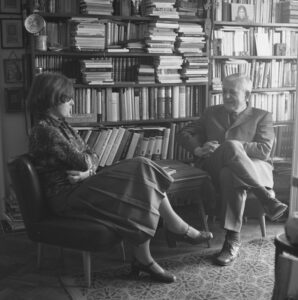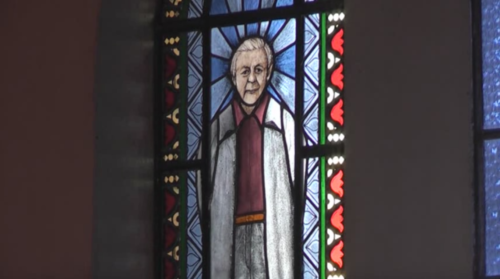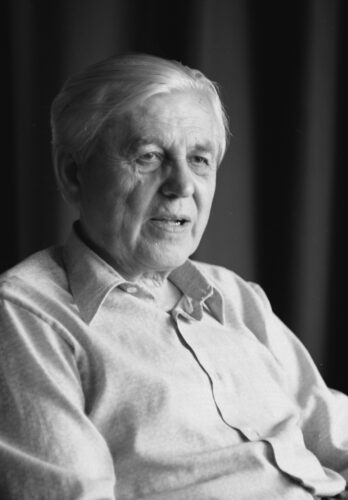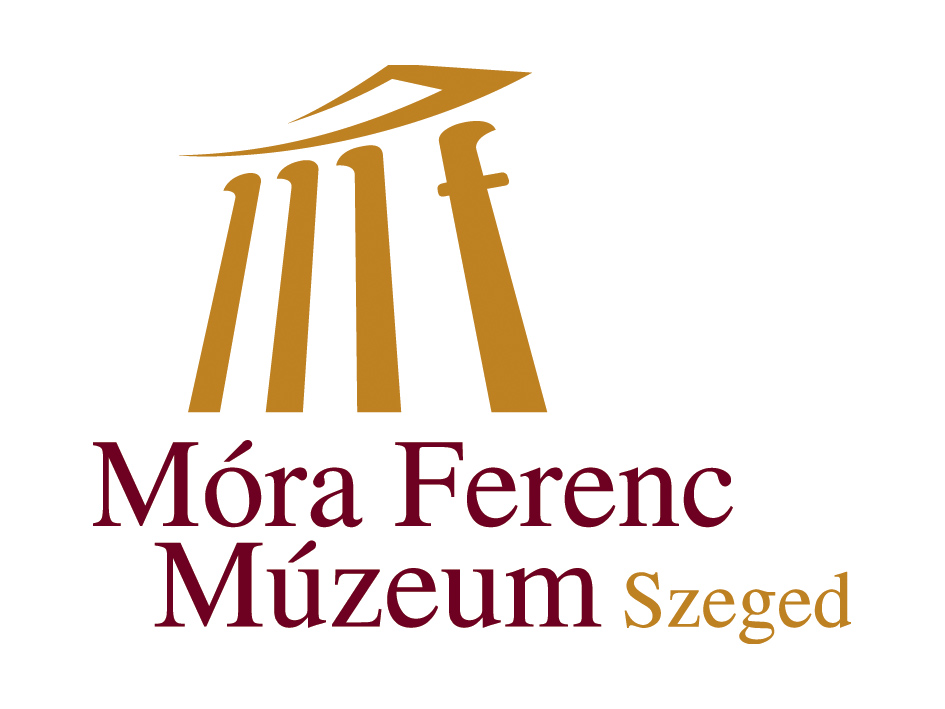
The legacy of Sándor Bálint in the Ferenc Móra Museum
During his research trips, Sándor Bálint carefully collected material memories of religious life, with which she wanted to save the material of a disappearing world from oblivion In addition, he wanted to shed light on a field of research that had received little attention at the time. The result of his efforts is the extremely diverse and valuable collection of objects that is currently kept by the Ferenc Móra Museum.
The legacy of Sándor Bálint was transferred to the Ferenc Móra Museum in 1980 after the scientist's death. Initially, it belonged to the History Department, then from 1989 it became part of the ethnographic collection. We treat the material as a cohesive unit, a collection. The museum's library preserves its former private library of nearly five thousand volumes, which contains significant volumes in the fields of ethnography, literature, culture and art history, as well as religion.
Sándor Bálint's legacy in the museum is extremely diverse: his personal items, the furniture of his study, notes, research notes, written and audio collections, manuscripts of his studies and lectures, family and official documents, photographs, invitations, images of saints and engravings, prayer books, canvases, paintings, nuns' works, ( glass) images of saints, farewell memories and other religious objects can also be found in the collection. The extremely valuable pieces of the collection are the 18th -century nuns' works guarding the relics of saints, and the iconographic depictions connected to Szeged and the religiosity of the Szeged landscape.
His correspondence with family members, friends, colleagues, former students, writers and artists, parishioners, publishers and editors fills nearly two dozen boxes. Among the writers of letters carefully preserved by Sándor Bálint, there are well-known names such as Zsigmond Móricz, Gyula Ortutay, Sándor Scheiber, Vilmos Diószegi or Péter Pál Domokos. In addition, reminiscences, letters, newspaper articles related to her and her memory, and board minutes related to her beatification are all part of his legacy.
During their conversation with Otto Trogmayer in 1977, he testified about the importance of saving value: "So please, I would like to capture the world I was born into. At the same time, the world, the society, the culture in which I got involved. Somehow, I always tried to bring these two closer together, to reconcile them, to equalize them, so that whatever was a human, spiritual, or moral value in the peasant culture should be integrated as much as possible into this emerging urban socialist culture of ours. And so, I would like to make it more colorful, of course there are many attempts to do so, and we can boast of beautiful results."

Sándor Bálint, a "legszögedibb szögedi"
Sándor Bálint was born on August 1, 1904 in Szeged-Alsóváros in a paprika-producing family. His father, Sándor Bálint, died in 1905, so his mother, the deeply religious Anna Kónya, raised him alone. In her childhood, his was surrounded by the rich folk tradition of Alsóváros.
His talent and diligence were already evident in her childhood. In connection with the 100th anniversary of the outbreak of the First World War, we must also mention that during the war he wrote the letters of response to the husbands fighting on the front more than once instead of their wives. He continued her secondary school studies with the Szeged Piarists. He studied Hungarian history in Szeged and Budapest. He has a doctorate in history. As a talented young researcher, he became an intern at the Institute of Ethnography in 1930 and then a teacher at the Catholic teacher training school in Szeged. In 1934, he was already a private university teacher.
Between 1945 and 1948 he assumed a political role. From 1945, he worked as a parliamentary representative of the Christian Democratic People's Party and the Democratic People's Party, which was formed from it. He retired from politics after the communist takeover. Nevertheless, between 1950 and 1956, he was banned from education. With the exception of these years, he taught at the university between 1947 and 1965. In 1962, he obtained a candidate's degree. As a teacher, he was very popular among her students. In 1962, he became a candidate of historical sciences. In 1965, due to her alleged anti-establishment behavior, he was dragged and sentenced to a suspended prison sentence. He was forced into retirement in 1966.
He continued her scientific work. In particular, he achieved significant results in researching the peasant society and Catholic folk life of the Szeged landscape. He became the founder of religious ethnography in Hungary. The Móra Ferenc Museum especially helped her in him work. His significant works were published one after the other: The Szeged Parables and Famous Sayings (Bp., 1972), Christmas, Easter, Pentecost (Bp., 1973), Renaissance Culture of Szeged (Bp., 1975), The Szöged Nation I- III. (Szeged, 1976, 1977, 1980), the Festive Calendar I-II. (Bp., 1977).
1980. He died in a car accident on May 10. In addition to her talent, her work and writings were given credibility by his blameless life. His beatification is in progress in the Catholic Church.
In addition to the various encyclopedia articles, many praises were published about him. For example: Antal Juhász: Sándor Bálint's teaching and research work (The past and present of the University of Szeged 1921–1998. József Attila University Szeged, 1999. 173-180.) Miklós Csapody: The life and political activity of Sándor Bálint. 1904–1980. (Korona Publishing House, 2004.) also: "I set out on a difficult journey..." - Conversations with Sándor Bálint (Bába Kiadó, Szeged 2004.)
Photo: Miklós Lantos



